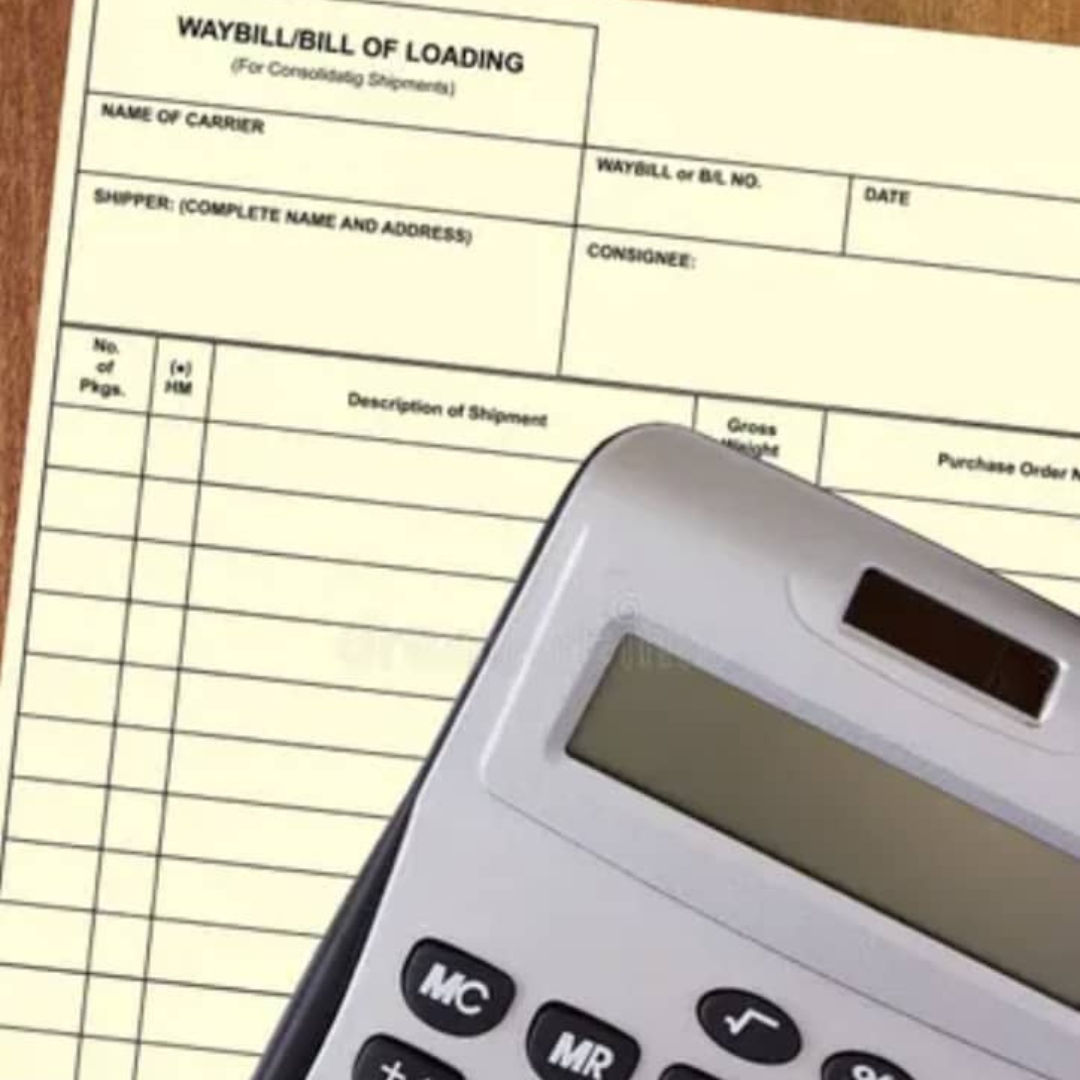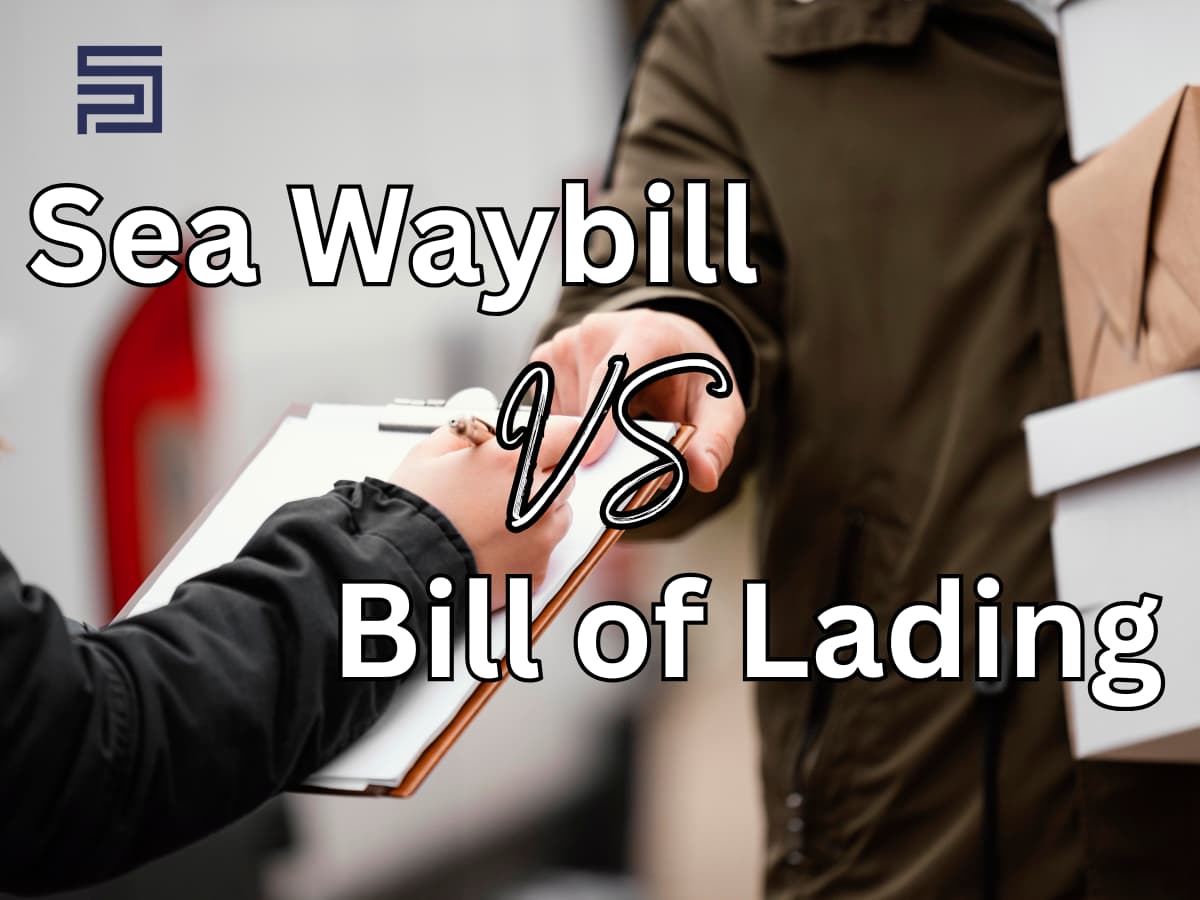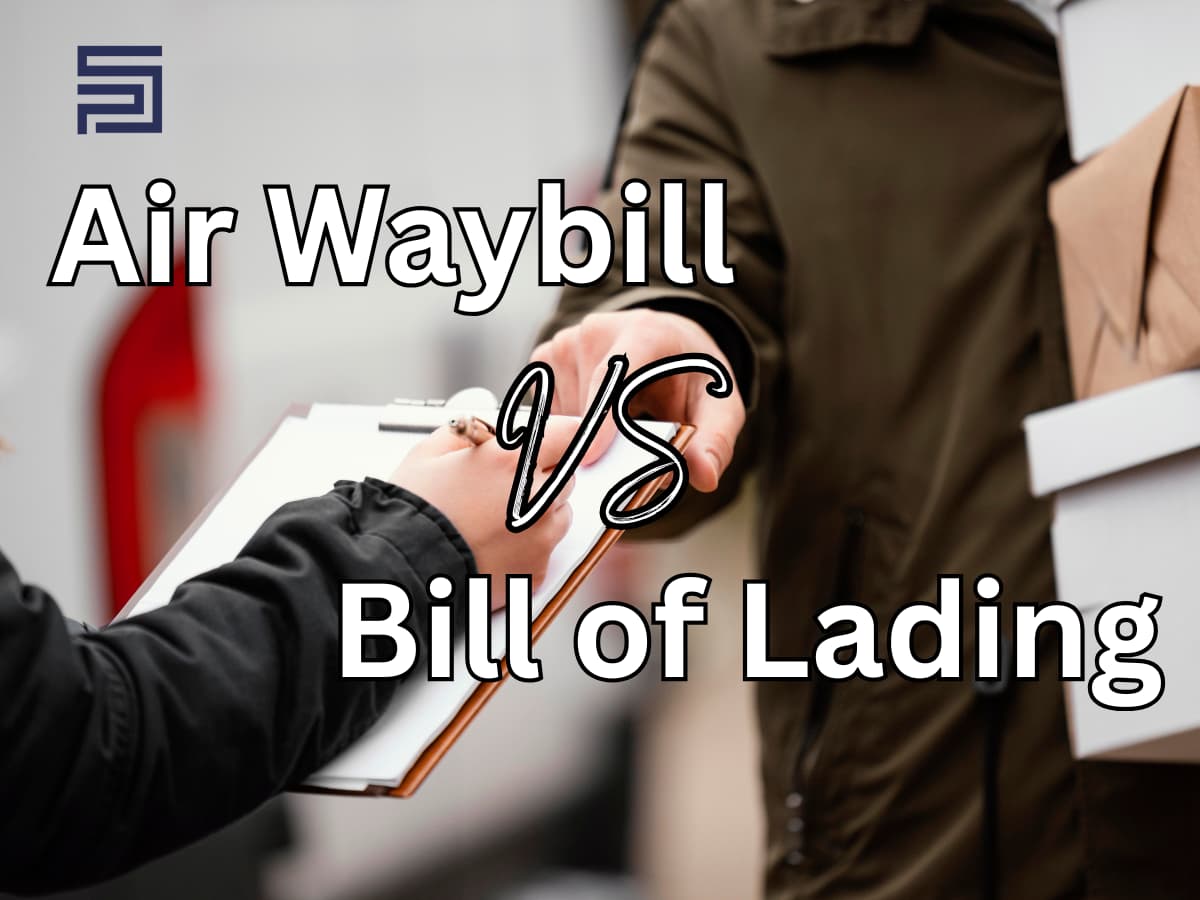There are specific standards in place to regulate the shipping industry, and particular documents are required to clear shipments from start to finish.
These regulations and standards differ from country to country, but one of the documents that is prevalent in every shipping process, irrespective of the country, is the Bill of Lading.
What is a Bill of Lading?
Bill of lading (BL or BoL) refers to a document provided by a carrier (transportation company) or their agent to a shipper to acknowledge cargo receipt for shipment. It explains the type, quantity, and destination of the goods being carried and also is a shipment receipt when the carrier delivers goods.
This document must be with the shipped products, regardless of the transportation form, and is required to be signed by authorized personnel from the carrier, shipper, and receiver. It is legally binding on the carrier and the shipper and provides all the necessary details to process a shipment accurately. It is used for both domestic and international shipments.
When a shipment is picked up, the carrier signs the bill of lading accompanying it. The signature acknowledges that the load is on the carrier, whether a truck, train, plane, or ship. When the recipient, often called the "consignee," signs it, it confirms the goods were received and is also proof of delivery.
A Bill of Lading functions as:
- Document of title or ownership to the goods described in the bill of lading.
- Receipt for the shipped products.
- Representation of the agreed terms and conditions for the transportation of the goods.
Contents of a Bill of Lading
The bill of lading contains the following:
- Purchase order and account number.
- Shipment date.
- Shipper's name and address.
- Recipient's name and address.
- Number of units being shipped.
- Description of what's being sent.
- Declared value of goods being sent.
- Shipment packaging – cartons, crates, and pallets.
- A notation if the product in a shipment is a hazardous material with unique requirements.
- Exact shipment weight.
- Pickup or delivery specifications.
Types of Bill of Lading
1. Inland Bill of Lading:
This is a signed contract between a shipper and a transportation company (carrier) for the overland transportation of goods. It serves as the carrier's receipt to the shipper and the carriage contract, specifying the details of the goods being transported.
2. Ocean Bill of Lading:
An ocean bill of lading is required to transport goods overseas across international waters. It is the carrier's receipt to the shipper and a collection document or invoice.
3. Through Bill of Lading:
It is a legal document allowing for the transportation of goods within domestic and international borders. The through bill of lading is often required to export goods, as it serves as a cargo receipt, a carriage contract, and the title (sometimes) for the products.
4. Claused Bill of Lading:
A claused bill of lading shows a shortfall or damage to the delivered goods. When a bill of lading is claused, the shipment did not provide what was promised.
5. Negotiable Bill of Lading:
A Negotiable Bill of Lading is a title document that can transfer ownership of commodities from one party to the next. The original consignee transfers the title of the goods to another party by signing or endorsing the back of the bill.
6. Clean Bill of Lading:
This refers to a document declaring no damage to or loss of goods during shipment. The product carrier issues the clean bill of lading after thoroughly inspecting all packages for any damage, missing quantities, or deviations in quality.
7. A Uniform Bill of Lading:
This is a required agreement between two consenting parties that states how cargo will be transported. The exporter and carrier are two parties involved in the contract. A uniform bill of lading includes shipping information, shipper details, departure and destination, transport time, the terms of carrier liability, and other essential information. Furthermore, the uniform bill of lading contains information on how exporters can file a claim for a damaged shipment.
A Bill of Lading is crucial in the supply chain industry as it helps industry players move cargo effectively. Understanding the types of bills of lading and when to use each is key to effectiveness and efficiency within the supply chain.
When partnering with Sara Procurement Services Ltd, we ensure that all required documents are provided for every shipment.
Visit our physical office space at 3 Fatai Irawo Street, Ajao Estate, Airport Road, Lagos, Nigeria, or any of our warehouse touchpoints worldwide to learn more about us and utilize our services.
Our 247-email correspondence is hello@chinatolagos.com. Contact us today.
We are equally social, and you can find us @SaraProcure on your favorite channels:
Twitter, Threads, Facebook, and Instagram.






Comments
Please log in to leave a comment.